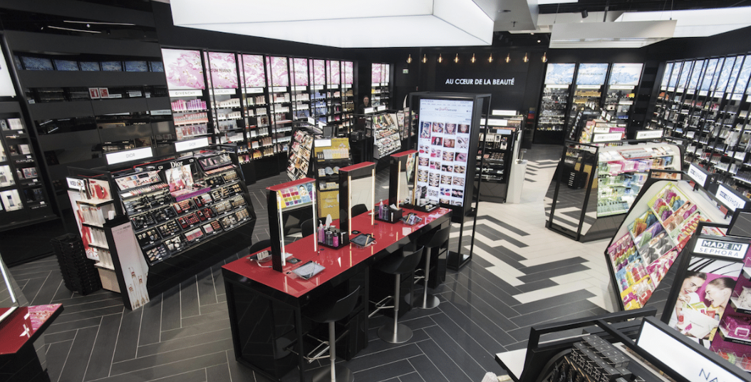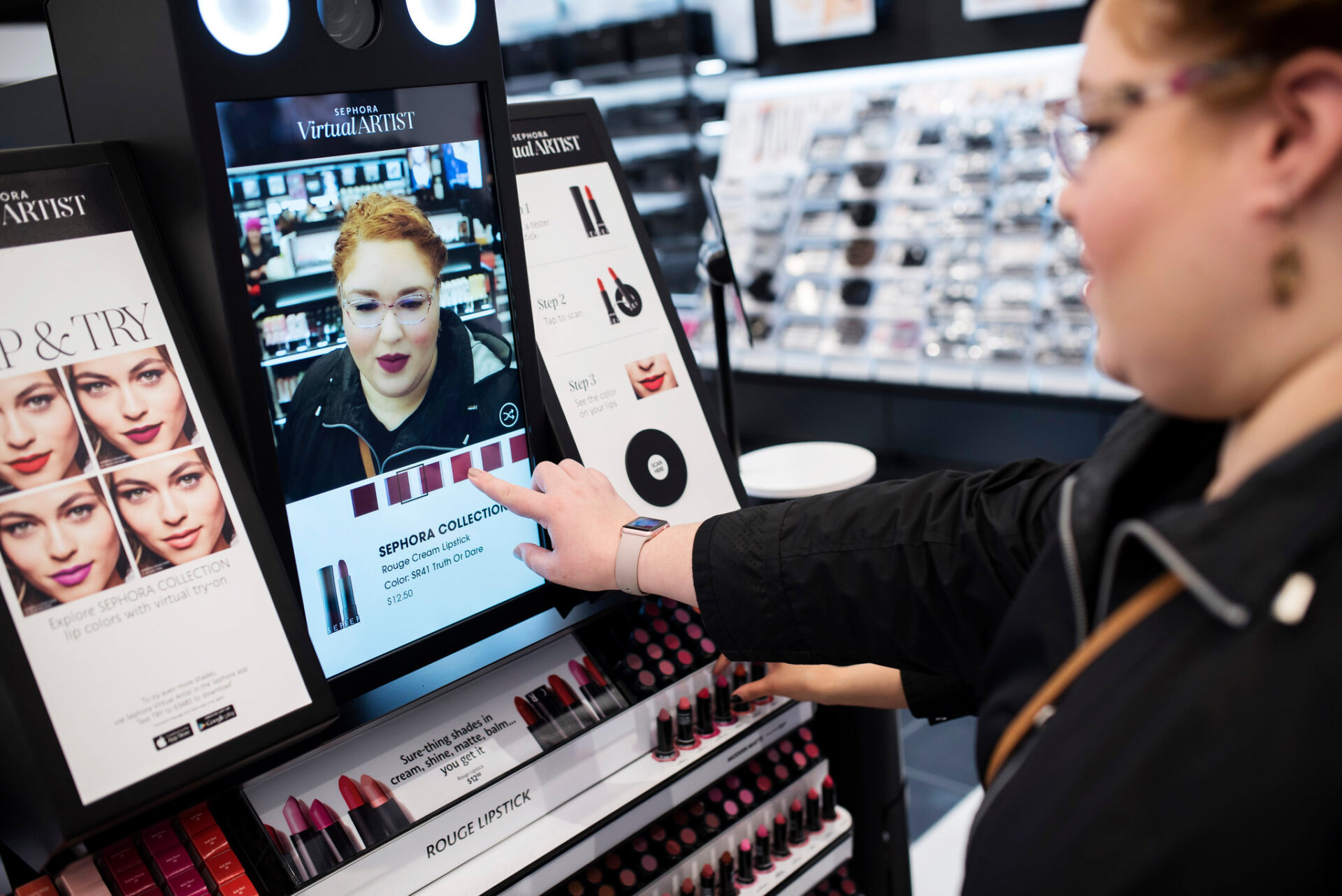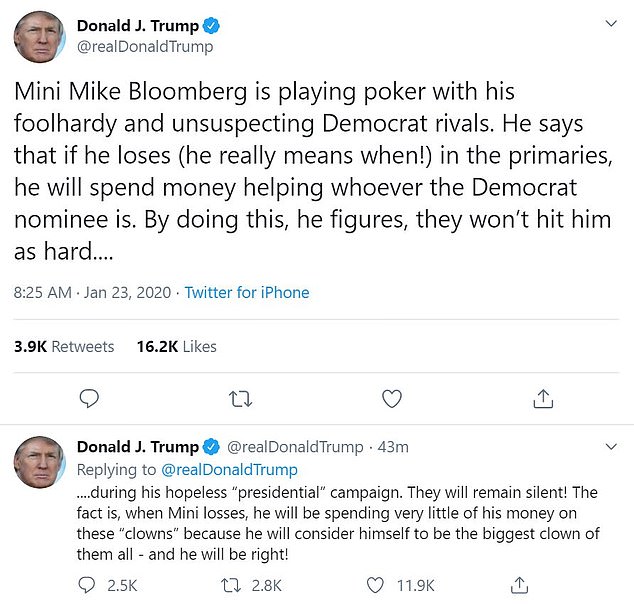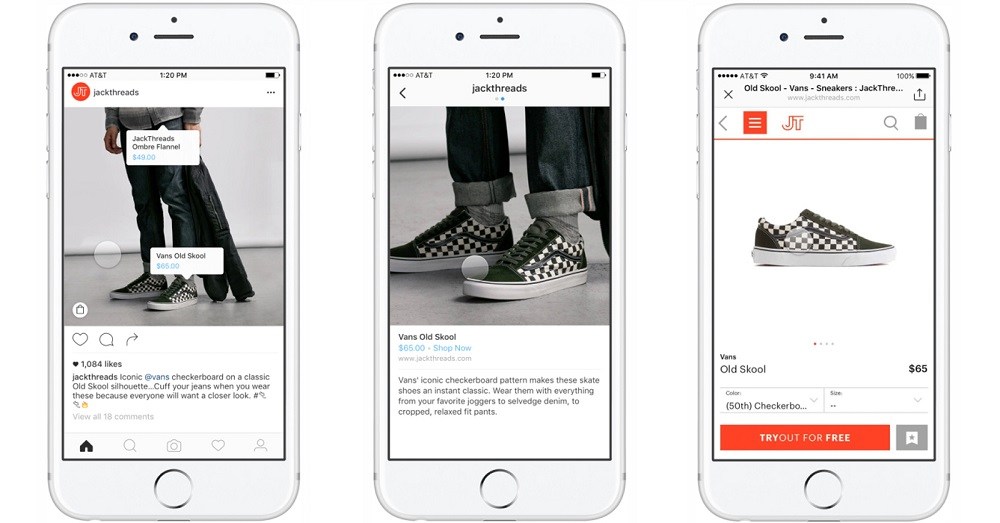Advertising has come a long way. Even newspapers seem outdated considering the many news outlets we see online. But, the point of advertising remains the same with brands trying to attract, convince and persuade customers to buy. Advertising trends are constantly evolving to adapt to an ever-changing technology-driven environment. And to wow audiences. Mediocre is no longer acceptable. As a content marketing agency with our fingers on the pulse, we’re checking out the advertising trends you should know about in 2020.
Advertising Trends You Should Expect To See in 2020
- Increased Artificial Intelligence
- Open Composition
- Large Format Printing
- Cross platform advertising
- Omnichannel marketing
- Voice Search
- Shoppable social media
- Immersive Experiences
- Personalised Advertising
- Position Zero
Let’s deve into a few of these 2020 advertising trends.
Cross-platform advertising trends
The 2020 Tokyo Olympics and Paralympics, UEFA European Football Championships and the US Presidential election will drive global growth in ad spend by 3.9% in 2020 amounting to US $615.4 billion, up from 2.6% in 2019. Digital advertising will also account for a 50% share of media spending in 2020 according to GroupM, with cross-platform advertising taking centre stage to account for evolving consumer habits and expectations.
The 2020 Olympics is already on track to break advertising records for NBCU and marks a shift in the way advertising is bought and sold. NBCU is selling ad space as a unified offering, incorporating broadcast, cable, digital and social reach for advertisers. The focus is becoming less about prime time advertising placements and more about reaching viewers where they are. The Network has also fine-tuned its measurement tool Total Audience Delivery (TAD) which measures viewership across multiple channels delivering advertisers a single viewer. Focusing on the views of advertisers and not traditional ratings is a huge shift.
Essentially, NBCU is encouraging advertisers to let NBCE move their campaign material across platforms. For example, NBCU would not move an ad buy during the Opening Ceremony, but they would suggest that marketers place complementary assets across the network’s platforms to extend outreach. It’s all about being where the consumers are.
Multi-channel advertising trends– Sephora
Brick-and-mortar experience


- In-store makeovers and demos to attract consumers and advertise in real-time.
- Clear and distinctive Sephora marketing throughout the store
- Clear links with social media channels and website
- AI integration for customers to try makeovers!

- What better way to advertise than by personalising content? Sephora’s in-app messaging is personalised to be consistent with user profiles which can even include information such as hair and skin type. This helps Sephora speak directly to consumers in order to boost sales. Considering global retail e-sales are expected to reach $3.5 trillion in 2021, they’re keeping up with trends nicely.
- Sephora’s Facebook Canvas ads have been a great success to date, with full-screen mobile ads being tailored to specific audiences. Targeted ads meant people saw content relevant to them in their News Feed resulting in a 32% higher return on ad spend than the brand’s previous digital campaigns.

The Omnichannel Experience
86% of buyers are willing to pay more for a great customer experience. What’s more, the engagement rate for omnichannel campaigns is 18.96% on average compared to the 5.4% engagement rate of single-channel marketing efforts. This explains why more and more advertisers are embracing not only cross-channel advertising, but the omnichannel experience. The difference is that omnichannel creates an integrated, seamless and ongoing experience for consumers. This is regardless of the device they’re using or what stage of the buying journey they’re at. This requires intelligent use of data.
For omnichannel advertising to be effective, brands need:
- Accurate and detailed insights into their target audience in order to optimise ad spend and boost revenue. This includes figuring out the online and offline places consumers hang out. Without this information, targeted advertising becomes an extremely difficult task.
- A carefully thought out strategy.
Paid Social Media Advertising
There are many reasons why paid social media advertising remains a strong trend for 2020. Brands often use this medium as it:
- Amplifies outreach
- Allows for flexible budgeting
- Enhances targeting
- Boosts brand awareness
- Provides access to mobile users
- Makes it possible to gather market insights
Before going down the paid social media advertising route, however, it’s essential to:
- Know your target audience and how much you want to spend
- Set trackable social media KPIs so you know what you want to achieve
- Create ads that stand out.
- Turn to video but keep them short and sweet. According to a test by Champs Sport, 6-second videos are more effective than 30-second videos in driving brand results delivering an 11% increase in estimated ad recall, 12% increase in return on ad spend and 271% increase in video completion rate. The 6-second videos tested by the brand also resulted in incremental life across several other key metrics including conversion rate, average purchase value and clickthrough rate.
- Communicate key messages in the first few seconds as people have a short attention span of around 8 seconds. Less than a goldfish which has 12.
Top tip for marketers: Use Facebook Experiments to run tests on your ad campaigns to see what’s working and what’s not. You can run tests on specific ad sets or on your campaign as a whole.
Paid Social Media Advertising in the Political Sphere
Interestingly, paid social media advertising is such a huge advertising trend that it’s even being used in the political sphere with presidential candidates splashing out huge bucks. Mike Bloomberg, for instance, spent more than $825 on Facebook ads in a single day, more than any other 2020 presidential candidate. President Trump, who is reportedly concerned at how much Bloomberg is spending on the campaign, spend just over $90,000 on Facebook, a little more than 10% of Bloomberg’s amount.
As you might expect, this led to some heated words on Twitter between the pair. But from the ‘like’ count alone, you can see how being on social media is great publicity for politicians, even when airing your dirty laundry in public.
While Trump ranted…

Bloomberg replied…

Facebook said that it would not fact-check political ads. Twitter says it will ban all political ads. And this week, Google issued its own rules. Political ads will be allowed, but how political advertisers target specific audiences will be restricted. For instance, advertisers will be able to target people based on their gender or zip code or age but not on their political affiliation. Additionally on many platforms like Facebook, political advertisers must apply in a “Google certificate” style fashion to be approved to run the ads.
Running Instagram Shopping Posts as Ads
Facebook isn’t the only platform that’s good for brand advertising. Recent updates mean you can now run Instagram shopping posts as ads. Let’s break it down.
Instagram Shopping Posts now make it possible for businesses to tag products directly in their posts leading to higher consumer engagement.

Advertisers can now use Shopping posts as ads for campaigns created in Ads Manager. Shoppers that tap on these ads will be taken to a product description page within Instagram and can proceed to purchase from a business’ mobile site. When you run a shopping post as an ad, the ad will show the products that were original tagged in the organic media.
Liked reading advertising trends you should know about in 2020? Then don’t forget to hit the share button. You can also contact us here at Contentworks for fun, original and insightful content tailored to y
